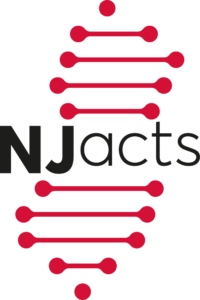 Please read Dr. Bhattacharya’s article in the Journal of Clinical Investigation titled, “Targeting hepatic kisspeptin receptor ameliorates nonalcoholic fatty liver disease in a mouse model.“
Please read Dr. Bhattacharya’s article in the Journal of Clinical Investigation titled, “Targeting hepatic kisspeptin receptor ameliorates nonalcoholic fatty liver disease in a mouse model.“
The liver is the principal organ involved in lipid metabolism. Dyslipidemia leads to metabolic disorders such as nonalcoholic fatty liver disease (NAFLD), which has become an increasing global public health concern, affecting approximately 25% of the population. In the US, NAFLD is a national epidemic that affects about 85 million adults and 8 million children, with associated annual medical costs of $103 billion. The prevalence of NAFLD mirrors the rise in obesity and type 2 diabetes (T2D). In both adult and pediatric disease, NAFLD is more common in males than females. NAFLD is characterized by accumulation of liver fat (steatosis or nonalcoholic fatty liver [NAFL]), which leads to the generation of cytotoxic lipid oxidation byproducts along with other hepatic insults, which causes a progression to a chronic inflammatory state with hepatocyte injury, defined as nonalcoholic steatohepatitis (NASH). As the disease advances, a subset of patients will develop fibrosis, cirrhosis, and liver failure or hepatocellular carcinoma (HCC). NASH has replaced hepatitis C as the most common indication for liver transplantation. Currently, there are no approved pharmaceutical medicines for the treatment of NAFL or NASH. To read the full article.
Targeting hepatic kisspeptin receptor ameliorates nonalcoholic fatty liver disease in a mouse model. Guzman S, Dragan M, Kwon H, de Oliveira V, Rao S, Bhatt V, Kalemba KM, Shah A, Rustgi VK, Wang H, Bech PR, Abbara A, Izzi-Engbeaya C, Manousou P, Guo JY, Guo GL, Radovick S, Dhillo WS, Wondisford FE, Babwah AV, Bhattacharya M. J Clin Invest. 2022 May 16;132(10):e145889. PMID: 35349482 PMCID: PMC9106350 DOI: 1172/JCI145889
